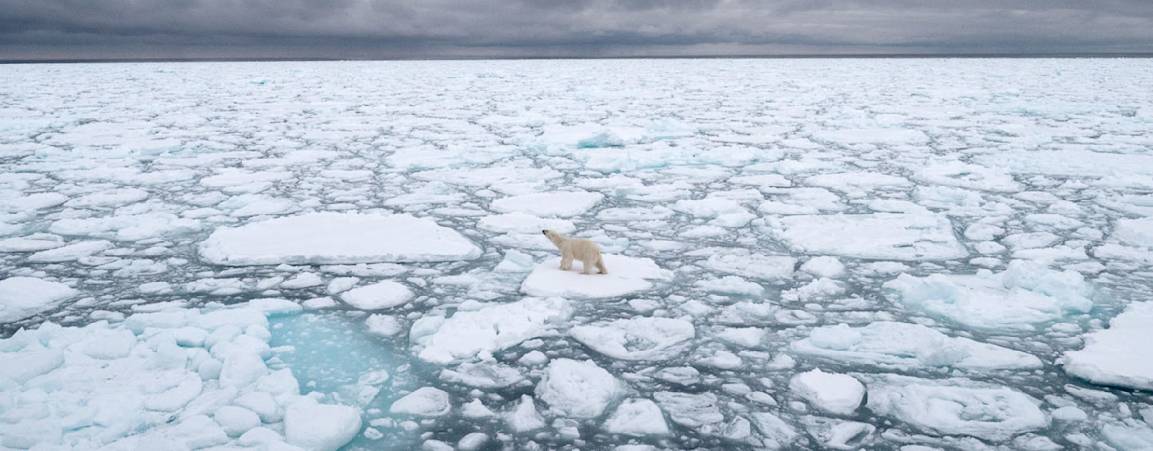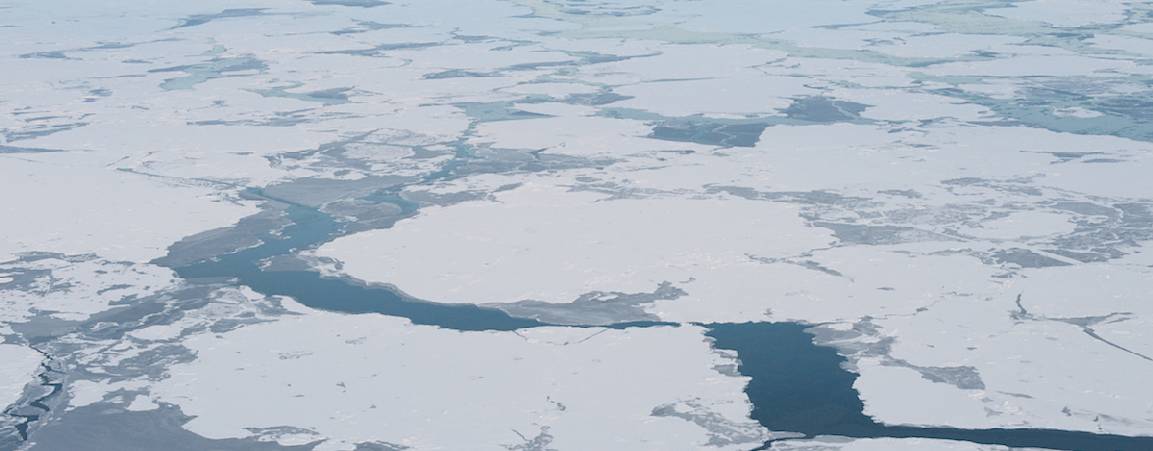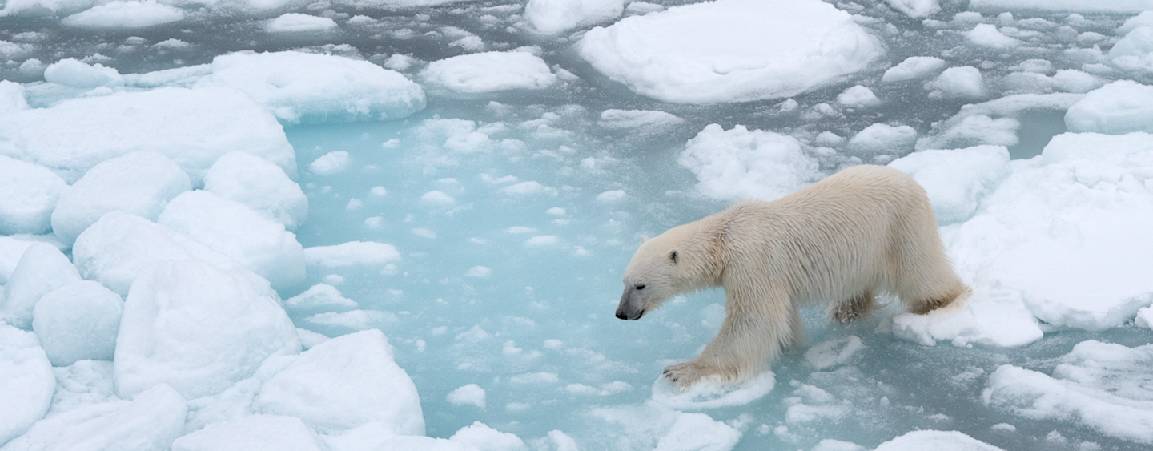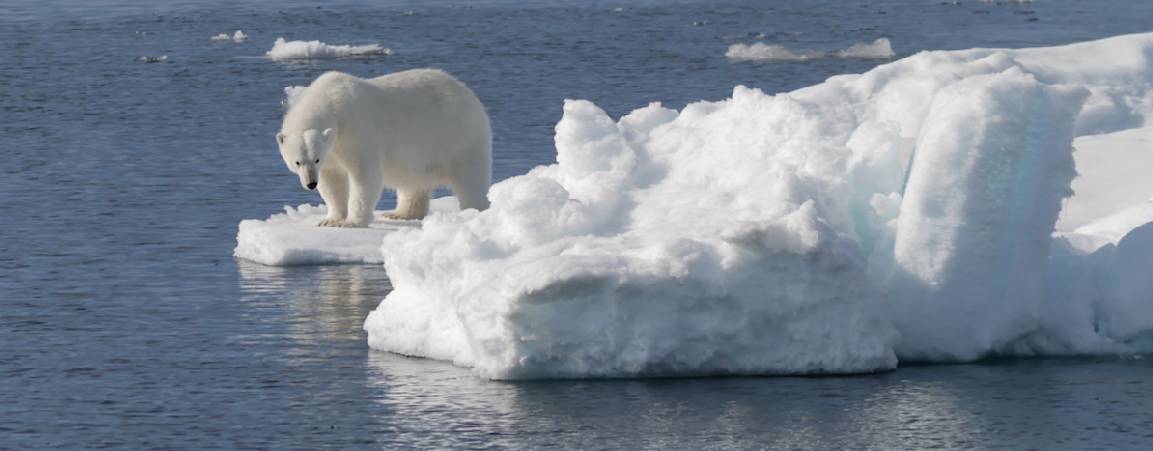Photo: BJ Kirschhoffer

Habitat
For polar bears, home is on the Arctic sea ice, where they hunt seals from a platform of ice.
Where do polar bears live?
Polar bears are forever linked to the Arctic sea ice, where they hunt their seal prey. The bears are found in five range states: the U.S. (Alaska), Canada, Russia, Greenland, and Norway (Svalbard). Scientists have divided them into 20 populations, some of which are shared by more than one country.
Photo: Daniel J. Cox

How big is their home range?
The sea ice is vast and ever-changing. That’s why a polar bear's home range can be enormous—far greater than that of other bears. The size of a polar bear's range depends on two main factors: the quality of the sea ice and the availability of their seal prey. Polar bears don’t have territories, partly because their sea ice habitat is always moving and changing with the seasons, expanding in winter, and retreating in summer.
The bears follow the changing ice in search of their prey. Polar bears in regions with less sea ice and fewer seals may travel farther and have longer fasting periods.

Photo: Babiy Ulyana Vladimirovna
How far do they roam?
Scientists believe that most polar bears limit travel to home ranges of a few hundred km. However, they know of one satellite-tracked female that trekked 4,796 km —from Alaska's Prudhoe Bay to Greenland to Canada's Ellesmere Island and back to Greenland again!
Four Sea Ice Ecoregions
Polar bears rely on sea ice to hunt their seal prey. But not all sea ice is equal. Our chief scientist, Dr. Steven Amstrup, talks about the four sea ice habitats where polar bears roam—and why some sea ice is better for the bears than others.
Why does it help to divide the Arctic ice into ecoregions?
It allows scientists to make informed estimates about how a population is faring, based on the health and condition of well-studied populations within the same region or across various regions. It’s the best tool for making comparisons.
Photo: BJ Kirschhoffer

Getting Around the Arctic
Polar bears are natural travelers. They are well known for their slow, plodding gait. They walk at a pace of about 5-6 km per hour. Females with small cubs walk more slowly, about 2.5-4 km per hour.
Polar bears can gallop as fast as a horse over short distances but quickly overheat.
Walking bears use 13 times more energy than resting bears. This partly explains their preference for still-hunting, which usually involves a long, patient wait for a seal to surface at a breathing hole in the sea ice.

Feeling inspired?
Join us in our efforts to encourage leaders to make a swift transition away from fossil fuels and to renewable energy sources, by spreading awareness about the real and pressing threat of climate warming.










